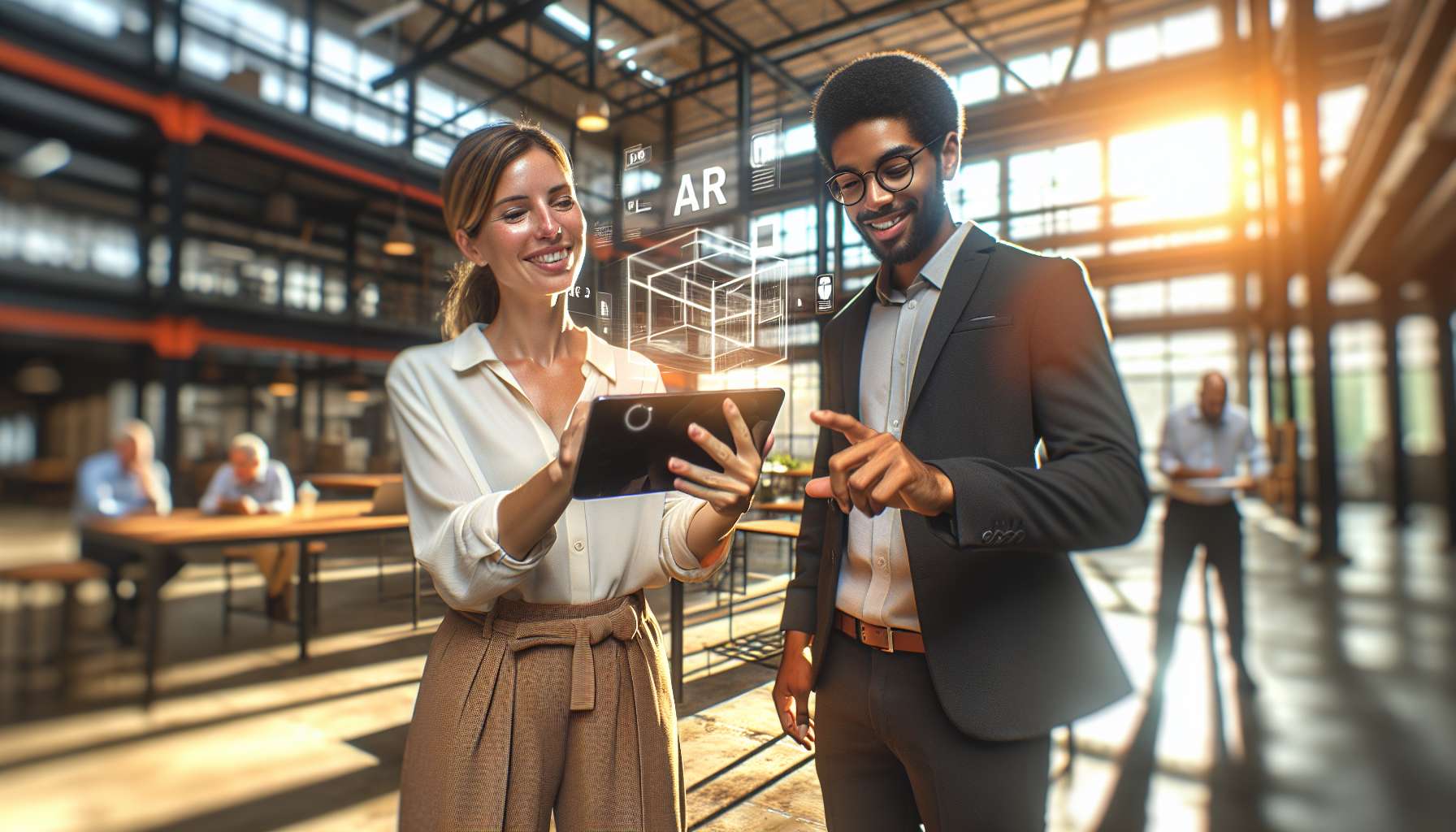Enhancing B2B Customer Service with Augmented Reality
As technology continues to advance at an unprecedented pace, businesses are constantly seeking innovative ways to improve their customer service. One such technology that has gained significant attention in recent years is augmented reality (AR). By blending the virtual world with the real world, AR has the potential to revolutionize customer service in the B2B sector.
What is Augmented Reality?
Before we delve into the applications of AR in B2B customer service, let’s briefly understand what augmented reality is. AR is a technology that overlays digital information, such as images, videos, or 3D models, onto the real world. It enhances our perception of reality by providing additional context and information in real-time.
AR-Enhanced Customer Support
One of the key areas where AR can transform B2B customer service is in providing remote support. Imagine a scenario where a customer encounters a technical issue with a complex piece of machinery. Instead of relying on phone calls or lengthy email exchanges, AR can enable a support technician to guide the customer through the troubleshooting process in real-time.
Using AR-enabled smart glasses or mobile devices, the technician can see exactly what the customer sees and overlay step-by-step instructions, diagrams, or even virtual annotations onto the physical object. This not only speeds up the problem-solving process but also reduces the need for on-site visits, saving both time and money for businesses.
Product Demonstrations and Training
AR can also greatly enhance B2B customer service by providing immersive product demonstrations and training sessions. Instead of relying on static brochures or videos, businesses can use AR to showcase their products in a dynamic and interactive manner.
For example, a sales representative can use AR to superimpose a virtual 3D model of a product onto the customer’s physical environment, allowing them to explore its features and functionalities in real-time. This not only creates a memorable experience but also helps customers make more informed purchasing decisions.
Furthermore, AR can be utilized for training purposes, enabling businesses to provide virtual hands-on training sessions to their customers. Whether it’s training employees on the operation of complex machinery or teaching customers how to use a software solution, AR can simulate real-world scenarios and provide interactive guidance, resulting in faster and more effective learning.
Improving Field Service and Maintenance
In the B2B sector, timely maintenance and repairs are crucial for ensuring uninterrupted operations. AR can play a vital role in streamlining field service and maintenance processes, reducing downtime, and improving customer satisfaction.
By equipping field service technicians with AR-enabled devices, they can access real-time information, such as equipment manuals, schematics, or maintenance history, overlaid onto their physical surroundings. This empowers technicians to quickly diagnose issues, access relevant documentation, and perform repairs or maintenance tasks more efficiently.
The Future of AR-Enhanced Customer Service
The potential applications of AR in B2B customer service are vast and continue to expand as technology evolves. As AR devices become more affordable and accessible, businesses of all sizes can leverage this technology to enhance their customer service capabilities.
Looking ahead, we can expect to see further advancements in AR, such as the integration of artificial intelligence (AI) to provide personalized and context-aware customer support. AI-powered chatbots, for instance, can use AR to guide customers through troubleshooting processes or answer frequently asked questions, further reducing the need for human intervention.
In conclusion, augmented reality has the power to revolutionize B2B customer service by providing remote support, immersive product demonstrations, and streamlined field service and maintenance. By embracing AR-enhanced solutions, businesses can enhance customer satisfaction, improve operational efficiency, and gain a competitive edge in today’s rapidly evolving business landscape.





